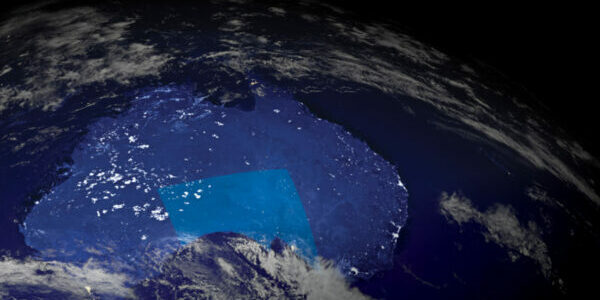23.10.2022

Aerospace company Southern Launch is aiming to make another attempt to launch its rocket in regional South Australia after a failed take-off last year.
The experimental Kestrel 1 models, built by SA-based company ATSpace, will be launched in November at a site in Whalers Way, about 30km from Port Lincoln.
While researchers are eager to test the viability of rockets in the hopes of one day being able to launch satellites from the site, they are also gathering data on the noise and environmental impacts of conducting launches at the site.
Poor weather and mechanical faults have beset previous launches, including a launch in September last year in which the Taiwan-built rocket caught fire.
Southern Launch chief executive Lloyd Damp said the company was “continuously improving” and learning after several setbacks last year.
“We have learned so much about operating high tech rockets,” Damp said.
“Even the little rockets that we launch have 15,000 horsepower when we light them up. So, they have huge amounts of energy – and operating not only the technology but the environment in which that technology flies in a very safe manner is all part and parcel.
“Based on lessons learned, we went out and purchased a short range so that we can track objects, aircraft and ships and [other bodies], so we can collect that information ourselves and not [be wholly] reliant on external sources of information.”
In September, Southern Launch formed a sharing partnership with the United States Space Command, the first Australian space launch group to enter such an agreement.
The United States Space Command tracks more than 47,000 objects orbiting the planet. Under this agreement, Southern Launch can liaise with the United States Space Command to ensure its rockets don’t collide with outer space objects.
Damp said it is a matter of “time and approvals” before satellite manufacturers will be able to launch their own rockets on-site within 48 hours.
He said the data they collect during the test launches will demonstrate to the South Australian and federal governments that this type of facility is “more than suitable at this location”.
“This also demonstrates that we can do space launch from Australia, and we are no longer reliant on our international allies and partners to provide access to one of the world’s most critical areas.
“We are fully reliant on space technologies via internet, GPS, whether on a day to day business, and here we are, actually creating that self-reliance that we as a nation have come to recognise and what Southern Launch is doing is filling in that final piece of the puzzle.”
South Australian Space Industry Centre chief executive Richard Price said good weather conditions and low air traffic across the Great Australian Bight made Whalers Way a perfect spot for launches.
“The trajectory we’re on at the moment is that we’ll be manufacturing satellites in South Australia in volume by 2024 or 2025.
“Companies are looking to manufacture constellations of satellites in South Australia, so there’s a significant industry, both from the point of view of technology, the application of the technology itself in many ways that can improve our lives, but also from the inspiration that it is going to bring the community to actually get involved in exciting science and technology careers in the future.
“We are now in quite a competitive market for launches, and it’s important to keep up the momentum to secure the manufacture of satellites. Other launch sites are appearing in Norway, Sweden, the UK, and everybody is trying to do what we’re doing in South Australia.
“But, given our advantages when it comes to weather conditions and population density, or lack of it, we’ve got a competitive advantage.”
Quelle: AuManufacturing

